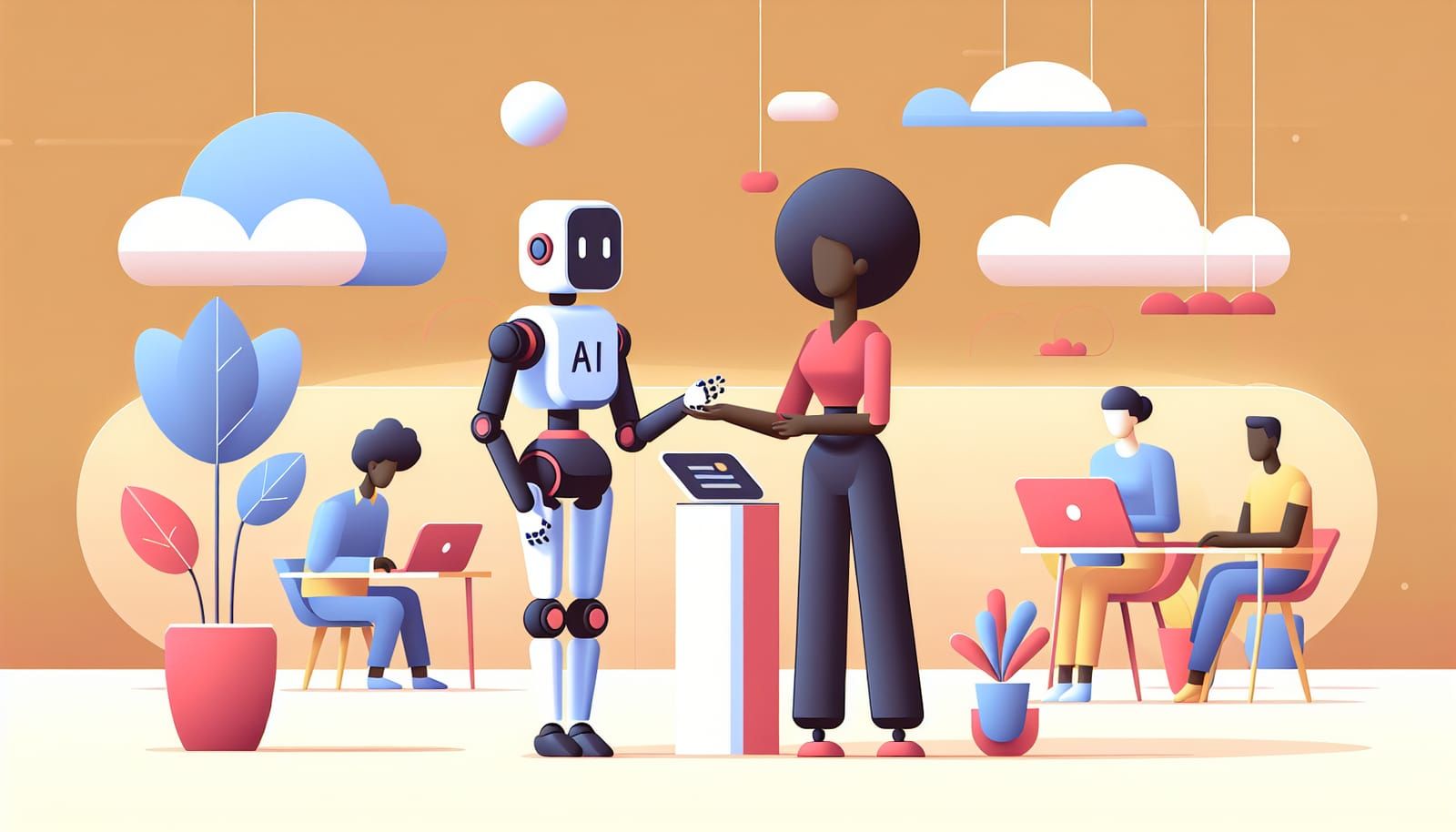Artificial Intelligence (AI) is becoming an integral part of our lives, from virtual assistants like Siri and Alexa to recommendation systems on Netflix and Spotify. But have you ever wondered how these machines become so good at understanding our needs and preferences? One of the key techniques that help improve AI models is called "fine-tuning." In this article, we will explore what fine-tuning is, how it works, and why it’s essential for making machines more specific to our needs.
Understanding the Basics of AI Models
Before diving into fine-tuning, let's first understand what an AI model is. Imagine teaching a child to recognize different animals. You would show them pictures of cats, dogs, elephants, and more. Over time, they learn to identify these animals based on the features you highlighted, like fur, size, and shape.
AI models work similarly. They are trained on vast amounts of data—think of it as feeding the model thousands of pictures of different animals. This training helps the model understand the essential features of each animal, allowing it to recognize them in new images. However, this initial training often makes the model very general. It can tell you about animals, but it may not be very good at identifying specific breeds of dogs or types of cats.
This is where fine-tuning comes into play!
What Is Fine-Tuning?
Fine-tuning is a technique used to make an AI model more specific and accurate for a particular task. It involves taking a pre-trained model and training it further on a smaller, specialized dataset.
To illustrate, let’s go back to our child learning about animals. After they’ve learned about all the animals in general, you might want to teach them about dog breeds specifically. You would show them pictures of different breeds like Labradors, Beagles, and Poodles. By focusing on this smaller set, the child becomes much more adept at identifying dogs.
Fine-tuning works the same way. By taking a model that understands general concepts and training it on more specific data, we can improve its performance for niche applications, like recognizing different dog breeds or even specific medical conditions from X-ray images.
How Does Fine-Tuning Work?
The process of fine-tuning can be broken down into several steps:
Select a Pre-trained Model: The first step is to select a model that has already been trained on a large dataset. This model has learned to recognize general patterns and features.
Collect a Specialized Dataset: Next, you need a smaller dataset that is specific to the task you want the model to perform. This dataset should contain examples that reflect the variations and nuances of the specific problem.
Adjust the Model: Using this specialized dataset, you run additional training sessions on the pre-trained model. During this phase, the model adjusts its weights and biases, which are parameters that help it make predictions.
Evaluate and Optimize: After fine-tuning the model, it’s essential to evaluate its performance on a validation dataset. If it performs well, you can use it for your specific task. If not, further adjustments may be necessary.
Fine-tuning can be a powerful way to leverage existing AI technology and customize it for new applications, making it more efficient and effective.
Why Is Fine-Tuning Important?
Fine-tuning is essential for several reasons:
Efficiency: Training an AI model from scratch can be time-consuming and requires a vast amount of data. Fine-tuning allows you to build on existing knowledge, saving both time and resources.
High Accuracy: A fine-tuned model can achieve much higher accuracy for specific tasks compared to a general model. This is crucial in fields like healthcare, where precise predictions can make a significant difference in patient outcomes.
Versatility: By fine-tuning, AI can adapt to various applications without starting from square one. For instance, the same model used for image recognition can be fine-tuned for detecting specific objects, such as cars in a parking lot or animals in a wildlife reserve.
Personalization: Fine-tuning makes it easier to create personalized experiences. For example, social media platforms fine-tune algorithms to show users content that aligns with their interests, enhancing engagement and satisfaction.
Real-World Applications of Fine-Tuning
Fine-tuning is widely used across various industries. Here are some interesting applications:
Healthcare: AI models are fine-tuned to analyze medical images, helping radiologists detect diseases like cancer more accurately.
Finance: AI systems are fine-tuned to detect fraudulent transactions, allowing banks to protect customers more effectively.
E-commerce: Companies use fine-tuned recommendation systems to suggest products based on individual users' browsing history and preferences.
Gaming: AI in video games can be fine-tuned to create more adaptive and challenging opponents, improving the gaming experience.
The Future of Fine-Tuning in AI
As AI continues to evolve, the importance of fine-tuning will only grow. With advancements in technology, we can expect to see even more specialized applications of AI in our daily lives. Imagine personalized learning tools that adapt to a student’s learning pace or customer service bots that understand your inquiries with incredible precision!
Moreover, as the world generates more data than ever before, fine-tuning will become crucial in ensuring that AI can make sense of this overwhelming information. By refining models to be more specific and accurate, we can unlock the full potential of AI, making it an even more powerful tool for solving real-world problems.
Fine-tuning is a fascinating aspect of AI that allows machines to become more specialized and accurate in their tasks. By taking general models and honing them for specific applications, we can create intelligent systems that understand our needs and preferences with remarkable precision. As we embrace the future of technology, fine-tuning will play a pivotal role in ensuring that AI continues to improve and adapt, transforming the way we interact with machines and enhancing our daily lives.
So the next time you use AI, whether it's for understanding language, making recommendations, or even detecting diseases, remember the magic of fine-tuning behind the scenes, making these machines smarter and more attuned to our needs!


